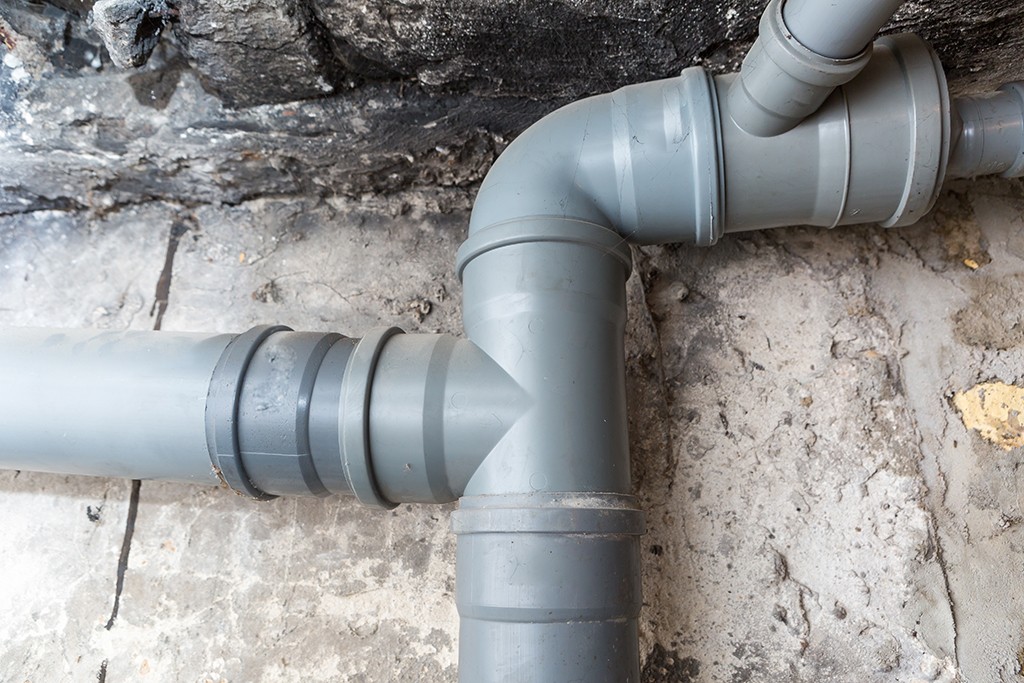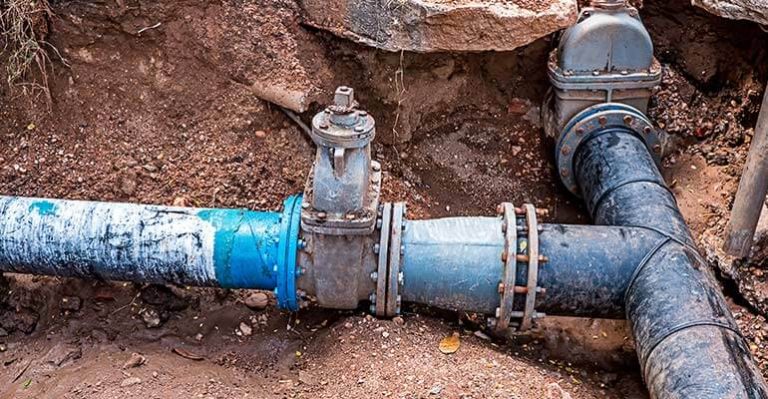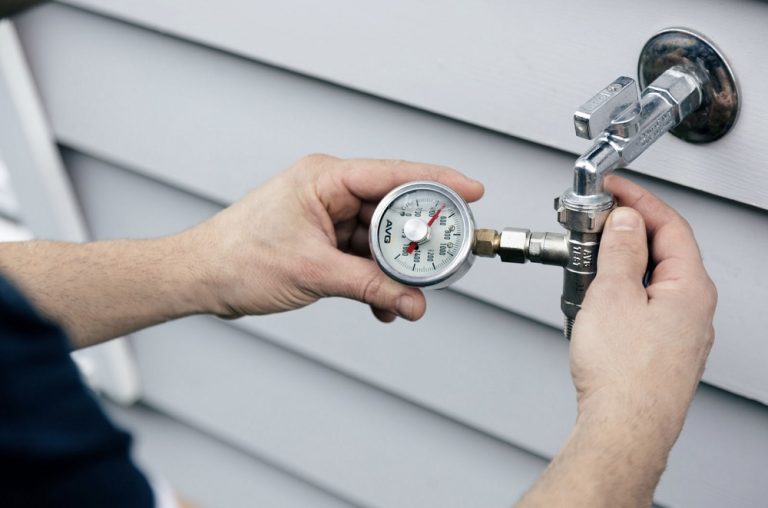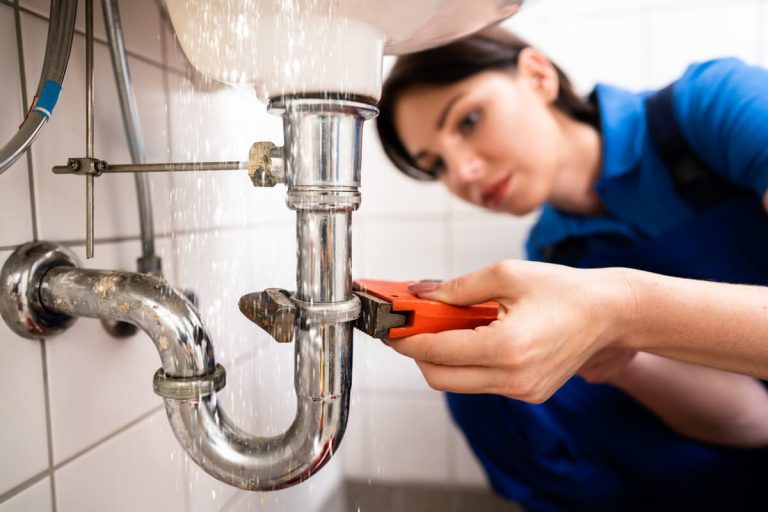Sewers are an integral part of any plumbing system, yet they often go unnoticed until a problem arises. They perform a critical role in the efficient disposal of waste and wastewater, ensuring that our homes and businesses remain functional and sanitary. However, understanding the sewer system—its components, maintenance, and potential issues—is vital for homeowners and property managers alike. This article will delve into everything you need to know about sewers, focusing on their design, operation, common issues, and best practices for maintenance and repair.
The Basics of the Sewer System
At its core, the sewer system is designed to transport wastewater away from your property and into a larger municipal system or a private septic system. Wastewater includes everything from water used in daily activities like bathing, cooking, and cleaning to sewage from toilets and other plumbing fixtures. The sewer lines that carry this wastewater must be designed to handle substantial amounts of liquid, waste, and debris, often under varying conditions.
Sewer systems can generally be classified into two categories:
-
Municipal Sewer Systems: Most urban and suburban areas rely on a public sewer system. These systems typically consist of a network of pipes that transport wastewater from multiple homes or businesses to a central treatment plant. From there, the water is treated and either returned to the environment or reused.
-
Septic Systems: In rural areas or places without access to a municipal sewer system, individual properties may rely on septic systems. These systems treat and dispose of wastewater on-site, often using a combination of a septic tank and leach fields or drain fields to filter out contaminants before the water is returned to the ground.
Regardless of the type of system, sewers play a vital role in keeping our water clean and our homes free from harmful contaminants. Understanding how these systems function—and what can go wrong—can help prevent costly repairs and mitigate the risk of unsanitary conditions in your home.
How Sewer Lines Work
Sewer lines are typically made of materials like PVC, cast iron, clay, or concrete, with each material offering its own set of benefits and drawbacks. These pipes are usually installed underground, sloped downward to ensure the natural flow of wastewater by gravity. The sloping angle of the pipes is crucial in preventing blockages and ensuring that wastewater moves efficiently through the system. The pipes connect to drains and fixtures in the home, collecting wastewater from sinks, toilets, showers, and appliances.
For those connected to municipal sewer systems, the waste and water flow through the household pipes into the city’s larger network of pipes. These municipal lines are often vast, serving entire neighborhoods or districts. From there, the wastewater is sent to a treatment plant where it undergoes various processes to remove harmful substances before being safely discharged into rivers, lakes, or other bodies of water.
In the case of septic systems, wastewater flows from the home into a large underground tank where solid waste settles and is broken down by bacteria. The liquid waste then flows out of the tank and into the drain field, where it is filtered through soil before re-entering the groundwater supply.
Common Sewer Problems
Sewers are designed to last for decades, but they can encounter a variety of issues over time, especially if maintenance is neglected. Some of the most common problems homeowners may encounter with their sewer systems include:
-
Clogs and Blockages: One of the most common issues that homeowners face is clogged sewer lines. These blockages can occur when grease, food particles, hair, soap scum, or tree roots enter the system. Over time, these materials can accumulate, reducing the flow of wastewater and causing backups in the plumbing fixtures.
-
Tree Root Intrusion: Tree roots are one of the most persistent problems for sewer lines, particularly those made of older materials like clay or cast iron. Roots naturally seek out sources of water, and sewer lines, with their constant flow of wastewater, are an attractive target. Once roots penetrate the pipe, they can cause significant damage, resulting in leaks, blockages, and even pipe breaks.
-
Pipe Corrosion: Sewer pipes, particularly older cast iron or steel pipes, can corrode over time. As pipes rust, they lose their structural integrity and become more susceptible to leaks and cracks. Corrosion can lead to serious issues, including foul odors, slow drainage, and water damage.
-
Pipe Shifting or Damage: The soil surrounding sewer pipes can shift over time due to natural settling, earthquakes, or construction activities. This can lead to pipes becoming misaligned or even breaking entirely, resulting in leaks or complete blockages. Additionally, heavy traffic or construction on top of sewer lines can cause pipes to buckle or collapse.
-
Bellied Sewer Lines: A “belly” in a sewer line occurs when the pipe sags in a particular area, creating a low point where wastewater can accumulate. This not only slows down the flow of wastewater but can also lead to clogs and eventual backups.
-
Foul Odors: If you detect foul smells coming from drains or in your yard, it may indicate a problem with the sewer system. This could be a sign of a blockage, a leak, or an issue with the venting system.
Sewer Maintenance Tips
Preventing sewer issues is far more cost-effective than repairing them. Regular maintenance can help avoid costly repairs and keep your system functioning smoothly. Here are some helpful tips to ensure the longevity of your sewer system:
-
Regular Inspections: Sewer systems should be inspected every few years, particularly for homes with older pipes. A professional plumber can use cameras to inspect your pipes for any signs of damage or blockages. Early detection of issues can prevent expensive repairs down the road.
-
Preventive Cleaning: Periodically, your sewer lines should be cleaned to remove any grease, debris, or tree roots that may have accumulated. High-pressure water jetting or snaking can be used to clear out blockages and keep pipes clean.
-
Mind What You Flush: Avoid flushing non-biodegradable items like wipes, cotton balls, and paper towels. These can easily clog pipes and contribute to larger blockages in the system. Only human waste and toilet paper should go down the toilet.
-
Protect Against Tree Roots: If you have large trees near your sewer line, consider having them professionally trimmed or installing root barriers to prevent roots from infiltrating the pipes. For homes with older pipes, replacing them with more durable materials like PVC can help reduce the risk of root damage.
-
Monitor for Warning Signs: Be aware of any signs of sewer issues, such as slow drainage, gurgling noises in the plumbing, foul smells, or water backups. If you notice any of these problems, it’s essential to call a plumber promptly to prevent further damage.
Sewer Line Repair or Replacement
If your sewer line has become severely damaged or is beyond repair, replacement may be necessary. Traditional sewer line replacement can be invasive and expensive, requiring excavation of the yard. However, newer trenchless technologies allow for less disruptive repairs, where a new pipe is inserted into the old pipe without the need for extensive digging.
Conclusion
Sewers are a crucial part of any plumbing system, ensuring the safe and efficient removal of wastewater from your home. Understanding how your sewer system works, recognizing common problems, and maintaining your pipes can help you avoid costly repairs and ensure that your plumbing system operates smoothly for years to come. Regular inspections, proactive maintenance, and responsible water usage can go a long way in preventing sewer issues, allowing you to enjoy a functional and efficient plumbing system without unnecessary stress or expense.















